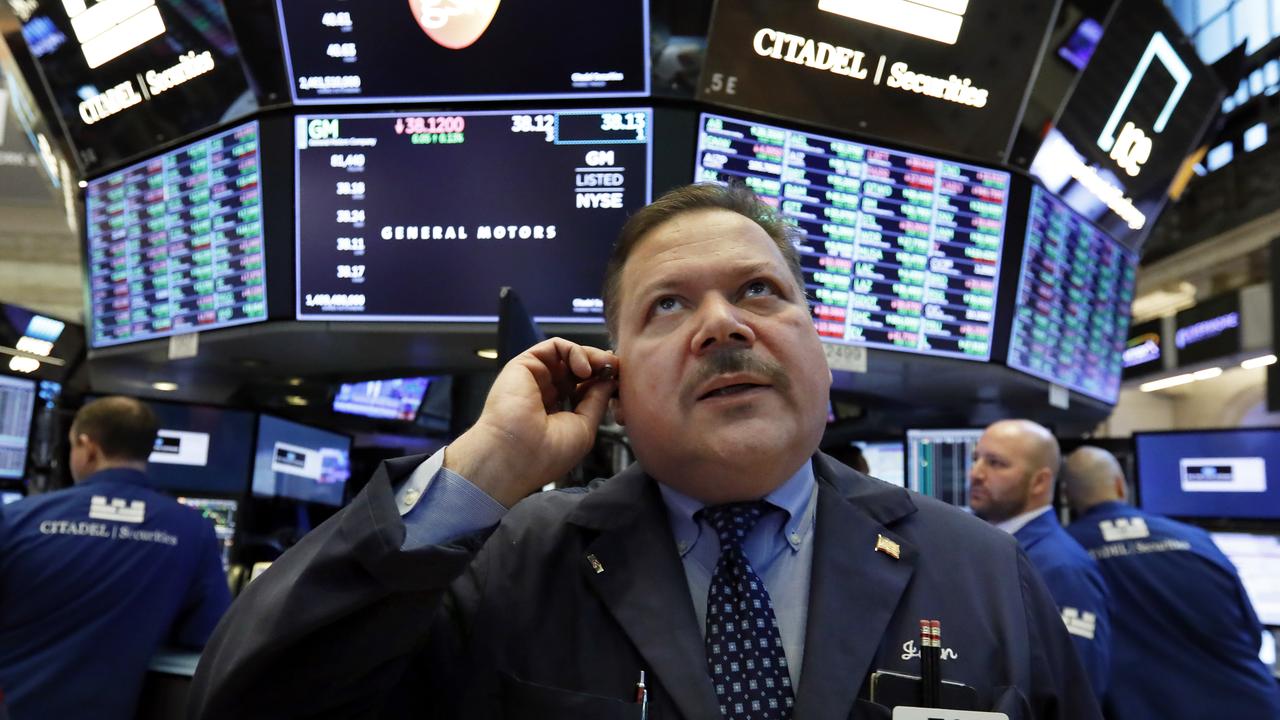Chinese PMI surge to bolster ASX
Signs of stronger economic growth in China and record highs on Wall Street should drive the ASX higher this week.

Signs of stronger economic growth in China and record highs on Wall Street should drive the Australian sharemarket higher this week.
A positive reaction to Friday’s gains in global equity markets is likely to be magnified by weekend news of a surge in China’s manufacturing purchasing manager’s index for September.
The main indicator of manufacturing demand for the world’s No. 2 economy and the biggest consumer of commodities jumped to a 5½-year high.
The official PMI read was 52.4 points, from 51.7 a month earlier, the highest since 2012.
An unofficial manufacturing PMI released by Caixin fell to 51, versus 51.5 points expected.
The official PMI for the services sector rose to 55.4 from 53.4 points a month earlier.
Together with “Goldilocks” economic data in the US last week — durable goods orders beat expectations and second-quarter GDP was revised up while inflation indicators remained low — and growing momentum for US corporate tax cuts, the latest data from China should reinforce expectations that the global economy will keep expanding with minimal price pressures.

Despite concerns about North Korea, a renewed rise in bond yields, a retreat in iron ore prices last month and the usual jitters over a potential dip in equities at this time of year, a stronger global economic outlook should provide a tailwind for the Australian economy.
“We remain in a seasonally volatile time of the year for shares, North Korea risk remains high and Wall Street is overdue for a decent 5 per cent or so correction, which would affect other sharemarkets,” said Shane Oliver, head of investment strategy and chief economist at AMP Capital.
“Beyond short-term uncertainties we remain in a sweet spot in the investment cycle.
“With OK valuations particularly outside of the US, solid global growth and improving profits but still benign monetary conditions — we remain of the view that the broad trend in sharemarkets will remain up.”
The China PMI report said new export orders and overall new orders grew at a faster pace for the month, and both domestic and global demand had improved.
“The manufacturing sector continues to maintain a steady development trend and the pace is accelerating,” said Zhao Qinghe, senior statistician at China’s National Bureau of Statistics, which released the data.
The S&P 500 rose 0.4 per cent on Wall Street on Friday night to a record high of 2519.36, while the Nasdaq jumped 0.7 per cent to record 6495.96 points, and the Dow Jones Industrial Average edged up 0.1 per cent. Rising global sharemarkets should “eventually” drag Australian shares up from the “range-bound malaise” they have been in since June, according to Dr Oliver.
S&P/ASX 200 index futures rose 0.3 per cent on Friday night and the Australian dollar remained above US78c.
In the past three months the S&P/ASX 200 has fallen 0.6 per cent even though the S&P 500 has risen 1.8 per cent and the MSCI All-Country World Index has risen 2.5 per cent.
Falls in financial, property, consumer and telecoms stocks have outweighed gains in the materials and energy sectors amid regulatory pressure on banks, a cooling property market, a firm Australian dollar, looming competition from Amazon, profit-taking on yield plays amid bottoming interest rates, and a downturn in dividends, including the first-ever dividend cut from Telstra. The buoyant dollar is one reason why the Reserve Bank is expected to stay neutral on the monetary policy outlook in its statement following its monthly board meeting tomorrow.
“Improving global growth, strong business confidence and jobs growth, the RBA’s expectations of a growth pick-up and already high levels of household debt argue against a cut in rates,” Dr Oliver said.
“But record low wages growth, low underlying inflation, the impending slowdown in housing construction, risks around the consumer and the strong Australian dollar argue against a rate hike.”
While the next move in rates here is likely to be up, “downside risks are still significant” and “it’s way too early” for the RBA to start raising rates despite multiple hikes in the US and Canada and signals of rate rises from the European Central Bank and the Bank of England.
Market pricing shows near unanimous expectations that the RBA will keep its official cash rate at a record low of 1.5 per cent this month, although a hike is considered almost certain over 12 months.
BK Asset management MD Kathy Lien said a retreat in the Australian dollar last week was partly due to traders anticipating a slightly cautious tone from the RBA
“This would be a departure from RBA governor (Philip) Lowe’s view back in September when he said lower rates would add to risk in household balance sheets, sending the Australian dollar sharply higher,” she noted.
While employment figures were stronger than expected last month, business confidence fell, GDP growth slowed, inflation expectations declined and service-sector activity slowed. At the same time commodity prices have generally been weaker, with spot iron ore down more than 20 per cent.




To join the conversation, please log in. Don't have an account? Register
Join the conversation, you are commenting as Logout